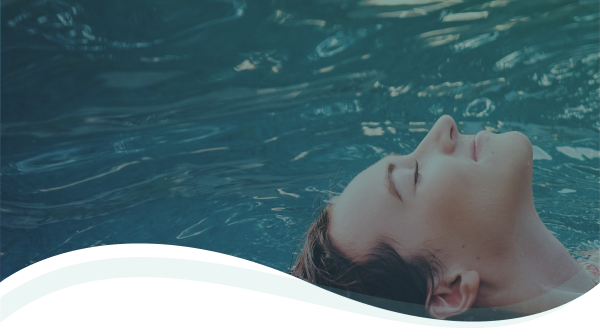Self-care Sundays: making space for a sleep routine
Whether you're short on time or struggling to get a good night's sleep, feel the need to reconnect with your body or want a little time where no-one can reach you on your mobile phone. Making space for self-care isn't always easy... but what if you booked out a little non-negotiable time?
Read full post